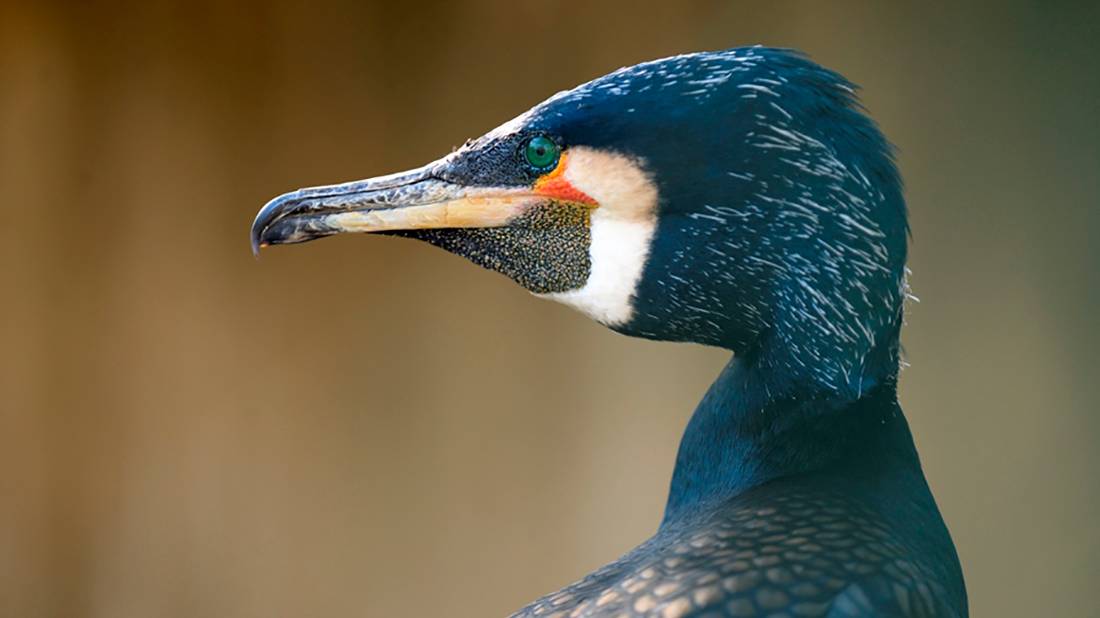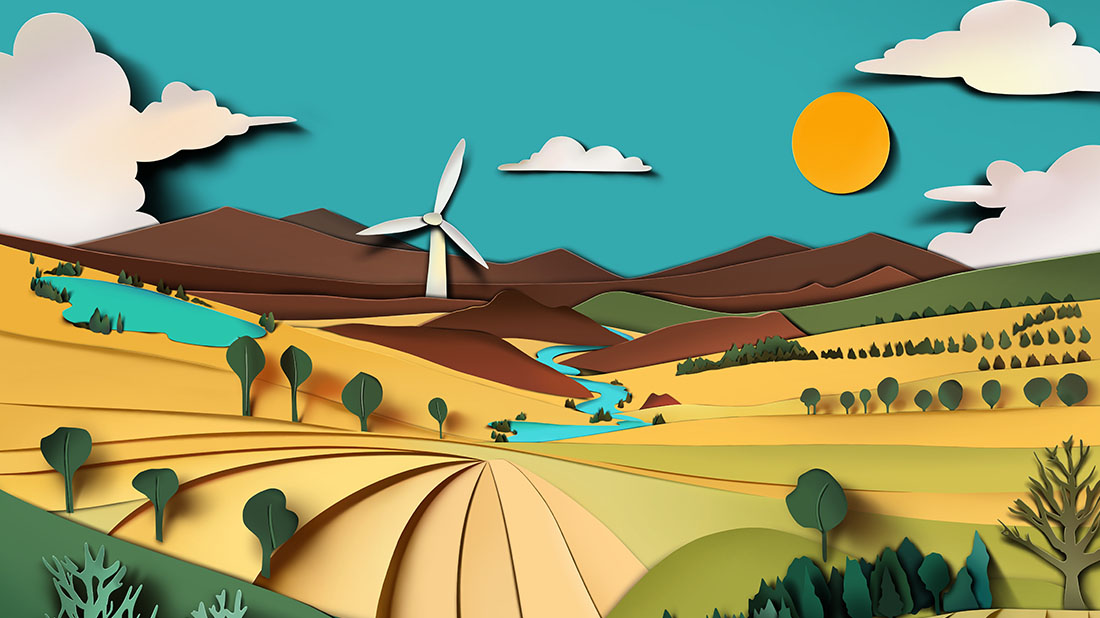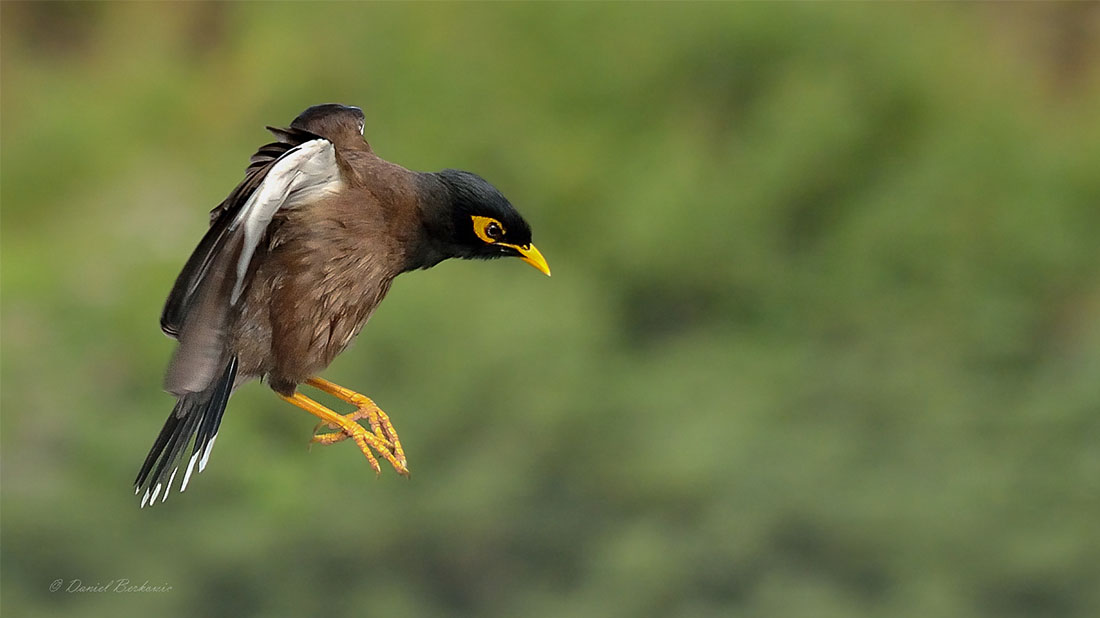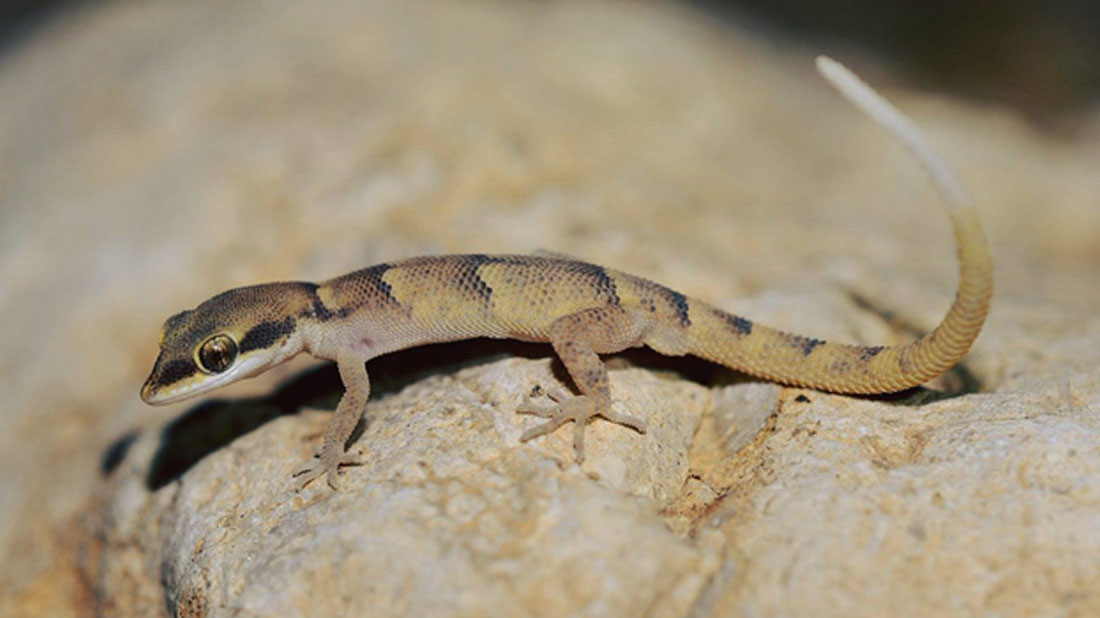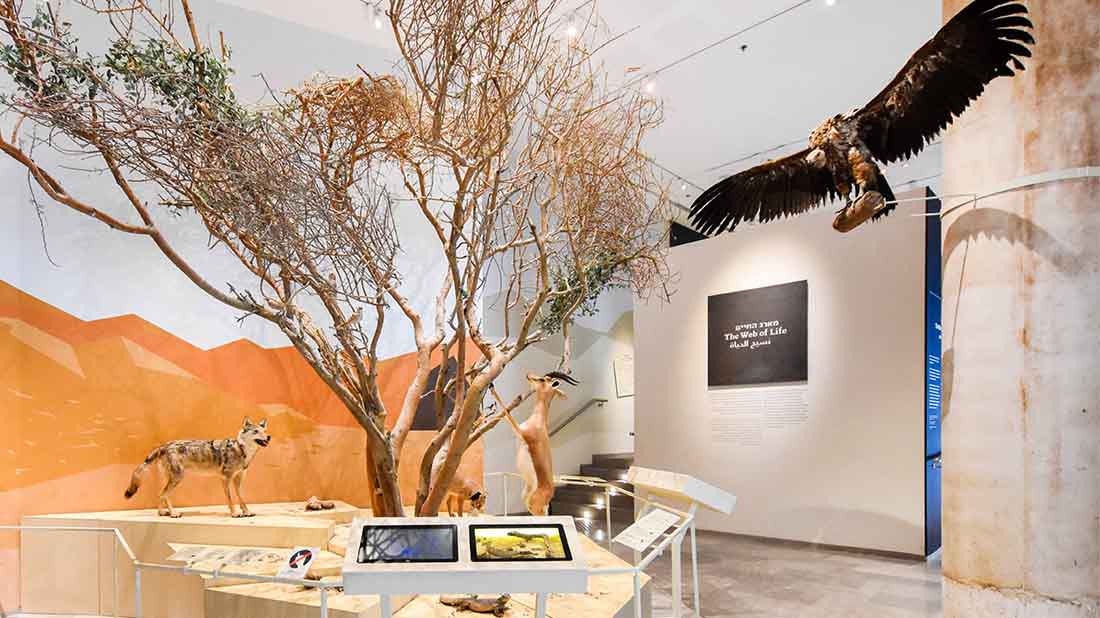We all love to watch birds as they fly around us, but birds can do so much more: they take off and land, dive and dig, peck and build, and perform many more diverse and interesting activities. There are about 9,000 species of birds living all over the world – from the Equator to the cold polar regions, in deserts, on high mountains, on the oceans and islands; large and small, living in flocks or alone, flying well or completely flightless. However despite this great diversity, there are a several things they all share.
So what makes a bird a bird?
First of all, only birds have feathers! Feathers are made of keratin, the same protein that makes up our nails and hair. Keratin makes feathers relatively strong and very flexible. Birds have different kinds of feathers: flight feathers, whose name indicates their function – enabling flight; tail feathers – used for steering during flight; body feathers (contour feathers) – that cover the body, creating a uniform, aerodynamic structure; down feathers – soft, fluffy feathers that assist regulation of body temperature; decorative feathers – used for display and courting, for example, a peacock’s feathers.
Second of all – wings! All birds have wings, but not all can fly. For example, penguins and ostriches have wings but they cannot fly. In many flying birds, the wing structure is aerodynamic, like the wing of an airplane. The shape and size of the wing are adapted to the type of flight. Species that require maneuverability in the air for relatively short distances, for example, to capture prey or escape predators, have broad, rounded wings. These wings provide excellent steering abilities and great speed, which are required for birds living in relatively forested regions, such as the jay, the woodpecker and the sparrowhawk. The wings of birds that spend a long time in the air, such as the swallow and the albatross, are long, narrow, and pointed. These wings enable very rapid flight without creating drag – a force that slows down the flight speed and requires much greater investment of energy in flight. Large birds, such as the vulture or the pelican, can soar through the air using their long, broad wings. Soaring, which is a passive form of flight, allows large birds to spend a long time in the air with minimum investment of energy.
Lightweight… One of the most unique features of birds is their relatively light weight (we don’t say ‘featherweight’ for no reason). To fly in the air, a bird must have low weight. Birds have a few features that contribute to their low bodyweight. Firstly, their bones, despite their relative strength, are hollow. Secondly, their covering of feathers is especially light. Additionally, some of the bones characteristic of other vertebrates’ bodies have fused together in birds, thus birds’ bodies have fewer bones, which also decreases their bodyweight.
And another “trick” – air sacs…
Air sacs and efficient breathing: Birds have a unique respiratory system that includes air sacs to increase breathing efficiency: during inhalation, some of the air enters the lungs and some enters the air sacs. During exhalation, the oxygen-rich air in the air sacs enters the lungs. Thus birds receive oxygen-rich air not only during inhalation, but also during exhalation. The air sacs also reduce the bird’s specific bodyweight, and thus facilitate flight as well.
Eating like a bird – with a beak! Every bird has a beak, which is used to search for food, capture it, tear it and eat it. The shape of the beak is adapted to the type of food: a long, narrow beak, like that of the hoopoe, is adapted to searching for insects and worms in the soil; a thick, short beak, like that of the sparrow, is adapted to eating seeds; a flat, broad beak, like that of the duck, is adapted to filtering food from the water; a hooked beak, like that of the eagle, is adapted to tearing meat.
All of these unique features – feathers, wings, a beak, hollow, fused bones and air sacs – are what give birds their amazing abilities. Next time you find birds tweeting at your window or flying above you, way up in the sky, observe them well: maybe now you’ll get to know them better?


